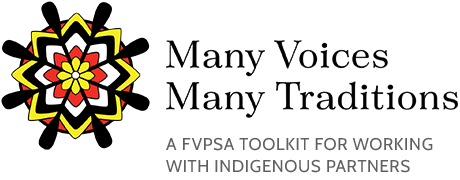When did the domestic violence movement begin?
The domestic violence movement began in the 1970s as women took to the streets to call attention to the violence they were experiencing in their home at the hands of their husbands. The movement started organically with one woman helping another woman to escape the violence in her home. It was from this work that shelters formed and eventually domestic violence coalitions.
How many State and Territory Domestic Violence Coalitions are there?
There are 56 state and territory domestic violence coalitions. The territories include: Puerto Rico, Virgin Islands, American Samoa, Guam, Northern Marianas and District of Columbia.
Each state and territory has only one federally designated domestic violence coalition.
What is the criteria to be a federally designated domestic violence coalition?
Domestic violence coalitions are federally designated by the FVPSA office when specific criteria outlined in the FVPSA statute and regulations at 42 U.S.C. § 10402(11) and 45 CFR § 1370.20 (b) are fulfilled. The requirements to be a state or territory coalition are:
- Membership must be representative of the majority of primary purpose domestic violence programs; Tribal programs can also be members
- Board membership of the Coalition must be representative of the programs; Board membership can also include community members
- Independent, autonomous nonprofit organizations
- The purpose of the coalition is to provide education, support, and technical assistance to providers
- Serve as an informational clearinghouse and resource center for the state
- Support the development of policies, protocols, and procedures to enhance domestic violence intervention and prevention
For more information on State and Territory Domestic Violence Coalitions read the “Defining State Domestic Violence Coalitions: Essential Criteria” from the National Network to End Domestic Violence.
What is the role and purpose of State and Territory Domestic Violence Coalitions?
Coalitions work with state governments, courts, law enforcement and other statewide stakeholders to address the issues of domestic violence.
As part of the federal designation, coalitions are required to conduct the statewide needs assessment and partner with the state administrator on the distribution of funds and state planning. If there is a tribal coalition, they should also be included in the needs assessment, distribution of funding and state planning.
How do coalitions work with local programs?
Local programs work in their individual communities to keep survivors and their children safe and provide the services that are needed such as emergency shelter, legal advocacy, and system advocacy. Advocates at the local level build relationships with community service providers, including housing, mental health and substance abuse. Addressing the day to day concerns of survivors does not leave much time for local programs to work on policy, secure statewide funding or address the systemic issues that impact survivors across the state. This is where coalitions come in. Coalitions were created by local advocates to work on the state and federal level.
Local programs may be members of the coalition. In addition to state and federal level work, coalitions provide training and technical assistance to local programs.
